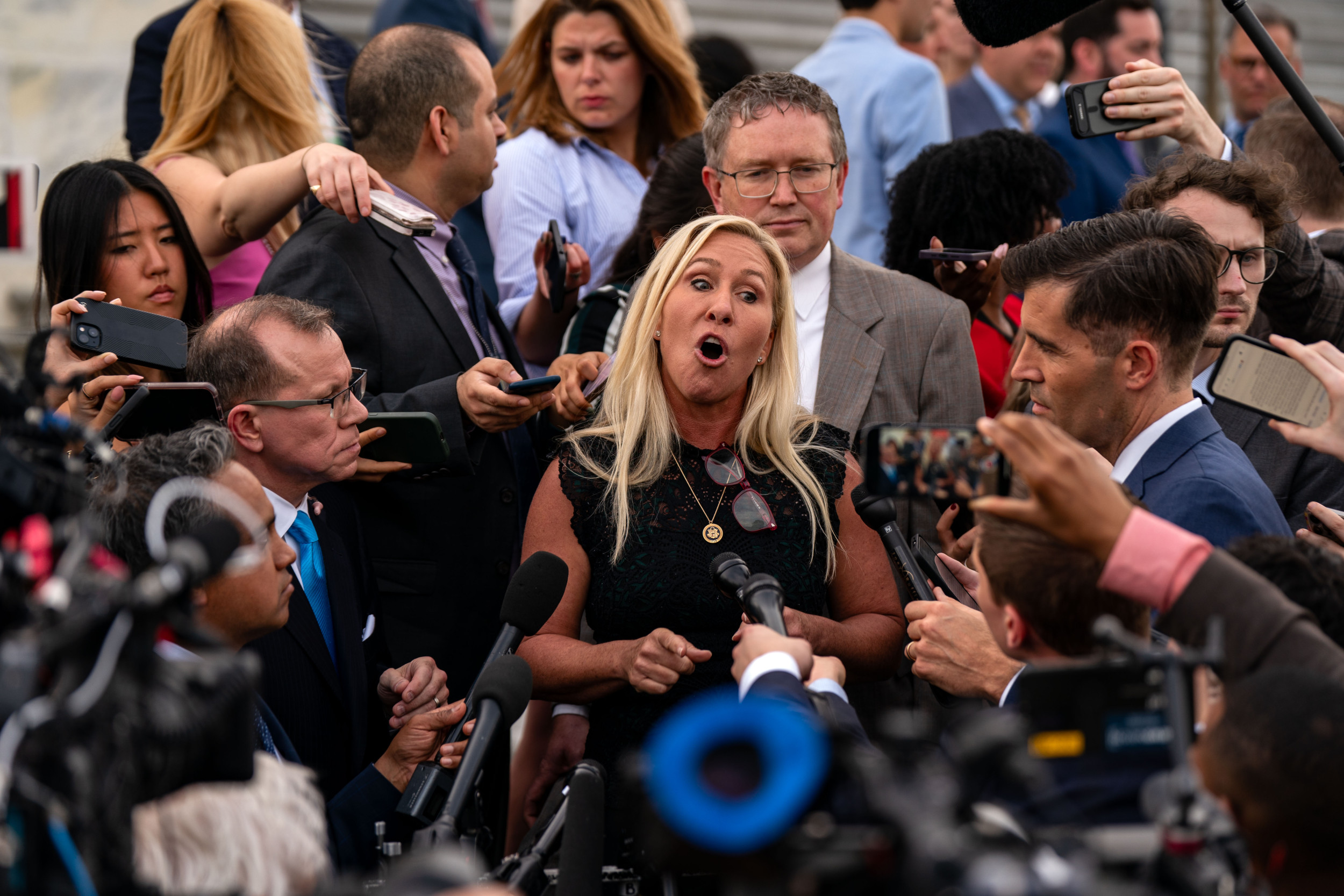Strikes throughout 2023 in the film, automotive and healthcare industries have put the spotlight on union jobs—positions represented by labor unions. These strikes have been challenging, but they helped unions accomplish their goals.
Learn how these jobs work, how unions benefit workers and the best industries to work in if you want a union job.
What Is a Labor Union?
A union is a group of workers who negotiate their working conditions as a single unit. These negotiations with employers are called collective bargaining. They cover wages, benefits, workplace safety and employment policies.
Unions form around traits shared among their members, such as trade or employer. Some examples of unions include:
- Unions that represent workers in a particular industry. Like the United Auto Workers (UAW), which represents workers throughout the automobile industry.
- Unions that represent workers in a specific trade. Like the Writers Guild of America (WGA), whose members are all television and movie writers.
- Unions whose members work for the same company. Like the Starbucks Union which represents only Starbucks employees.
How Do Unions Work?
Union members pay dues that:
- Cover administrative costs like office rent
- Fill their strike fund—a pool of cash to help union members pay bills during strikes
- Cover salaries for union leadership and support staff
Unions elect their leadership democratically. Union leaders' most important responsibility is negotiating work conditions with employers.
When leadership feels they have reached a good deal with employers, they send the terms of that deal to union members as a tentative employment contract. Members vote on those terms and, if a majority of members approve and the employer agrees to it, the contract becomes official.
If leadership and company management cannot reach a deal, union leaders may call for a strike. Members will vote and, if a majority approves, they will authorize that strike.
What is a Strike?

In a strike, employees refuse to work in protest of unfair labor conditions, including poor compensation, unsafe working conditions or concerns about the future of their industry.
Unions go on strike to put pressure on employers. They hope that lost income and changing public perception will improve their bargaining position and lead to a better deal for their members.
Union members can vote to end a strike when a deal is reached, or they lose the will to remain on strike. Afterward, federal law lets them return to their jobs, even if the company hired other workers to fill those roles during the strike.
Well-known strikes in 2023 include:
- UAW workers walking off the line in September of 2023 at multiple automotive plants. They asked for pay increases they felt were comparable to those received by automotive executives in recent years.
- In July of 2023, television and film actors went on strike over low pay for actors in minor roles and concerns that film studies may use AI to replicate their likeness on screen.
- Television and film writers striking between May and September of 2023. The strike ended when the WGA reached a deal with the Alliance of Motion Picture and Television Producers (AMPTP) increasing pay, keeping writers involved throughout the production process and limiting the use of AI on scripts.
Benefits of Union Jobs
The U.S. Department of the Treasury has documented multiple benefits of unions for members workers at nonunion firms and communities:
- Higher wages. The median union member earns 20 percent more than their non-union counterparts.
- Better benefits. Union members are more likely to get retirement benefits, medical benefits, and life insurance. They also get more time for sick leave.
- Better unemployment benefits. Union members are more likely to apply for and receive unemployment insurance after losing their jobs. Probably because of support networks in their unions.
- Better conditions for workers not in unions. Companies in the same job markets as unionized workplaces offer higher wages, better benefits and better working conditions to remain competitive.
- Union members give back to their communities. They are more likely to vote, donate to charity and volunteer their time than non-members.
How To Get a Union Job
There are a few ways you can land a union job:
- Find a local union through your American Federation of Labor and Congress of Industrial Organizations (AFL-CIO) branch. This organization affiliates with unions all over the country. They can connect you with unions in your area.
- Find a union in your field and see if your skillset matches the workers they represent. For example, if you are a nurse, you can join National Nurses United.
- Look for union jobs in an app. The best job search apps let you search for terms like "union" in job descriptions.
Unions are more prevalent in certain industries. You're more likely to get a union job if you work in a field with significant union representation.
List of Union Jobs
In 2022, the Bureau of Labor Statistics (BLS) found these industries had the highest union representation:
- Public sector: 37 percent. This includes jobs for federal, state and local governments.
- Motion pictures and sound recording: 18 percent. The film industry is heavily unionized, with guilds representing actors, directors, visual effects workers and writers.
- Utilities: 21 percent. The Utility Workers Union of America represents workers in power plants, distribution, water facilities and other utilities.
- Transportation and warehousing: 16 percent. The Teamsters Union represents truck drivers, delivery drivers and warehouse workers in many companies.
- Educational services: 14 percent. Teachers are heavily unionized, with organizations like the National Teachers Union.
- Construction: 12 percent. This includes brick layers, carpenters, electrical workers and more virtually any job you might see on a construction site.
- Broadcasting: 12 percent. This includes jobs in broadcast television like news anchor, writer and producer.
Union Jobs FAQ
See these commonly asked questions about unions.
Do You Have to Go On Strike If You Are In a Union?
If your union votes to go on strike, you may choose to remain at work. However, unions may fine members who don't participate in strikes.
How Many Union Workers Are There In the U.S.?
The BLS estimates there are about 14.3 million union workers in the U.S.
Are There Any Disadvantages to Being in a Union?
There are no well-documented disadvantages to union memberships. However, some people argue that union fees are a burden on workers, unions hurt individuality in the workplace and strikes disrupt workers' lives and the economy.
Can You Start a Labor Union?
Almost anyone can start a union in their workplace. However, you need the help of a union organizer and a majority vote from your coworkers.
Union jobs have better working conditions and pay their non-union counterparts. Follow the news about unions to learn more about what they do and what union jobs are like.
Uncommon Knowledge
Newsweek is committed to challenging conventional wisdom and finding connections in the search for common ground.
Newsweek is committed to challenging conventional wisdom and finding connections in the search for common ground.
About the writer
Nick Cesare is a Newsweek writer based in Boise. His focus is writing on pets, lifestyle and workplaces. Nick joined ... Read more
To read how Newsweek uses AI as a newsroom tool, Click here.






